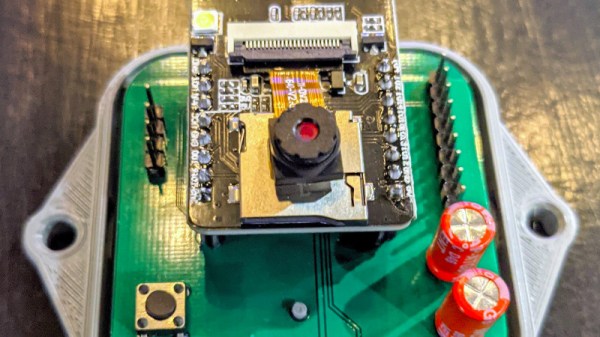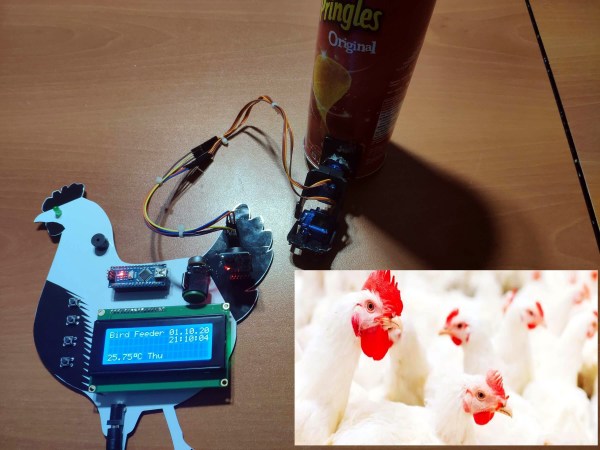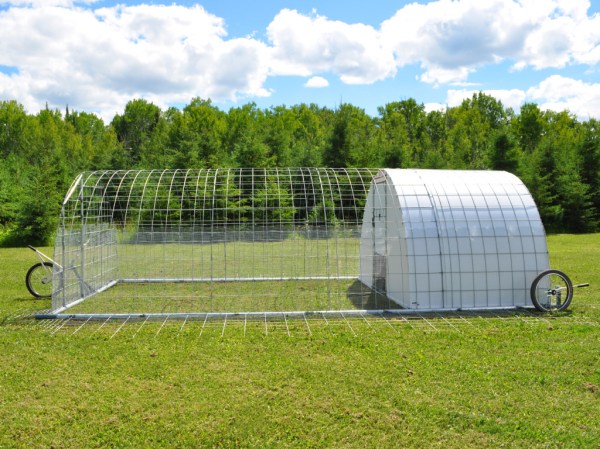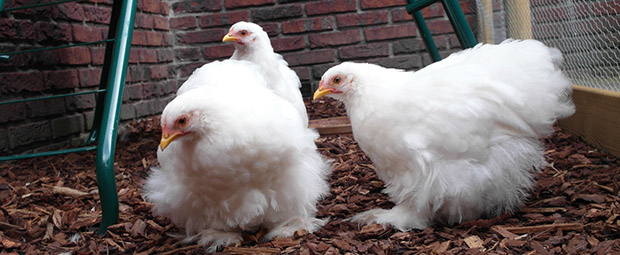A fresh egg taken from beneath a slumbering hen is something to which the taste of a supermarket equivalent rarely compares. The satisfaction of having a contented flock does come at a price though, in the form of constant monitoring and husbandry of your poultry’s well-being. It’s a problem that [hms-11] has tried to address with CoopCommand, a system to automate the monitoring of and environment within a chicken coop. It controls a light to counteract for shorter winter days, warms their water when it’s cold, has a fan for cooling and ventilation on hot days, and a camera to keep any eye on them.
At its heart is an ATmega328 controlling the coop functions, and an ESP32 camera board for network connectivity and visual monitoring. An alphanumeric LCD and a set or buttons provide the interface, and all is fitted on a custom PCB in a smart 3D-printed housing. Meanwhile all the files can be found in a GitHub repository.
A machine cannot replace human care and attention when it comes to good animal husbandry, as there’s always an essential need for the poultry owner to attend to the needs of their charges. But a system like this one can make an important contribution to their welfare, with a consequent increase in their laying ability.














